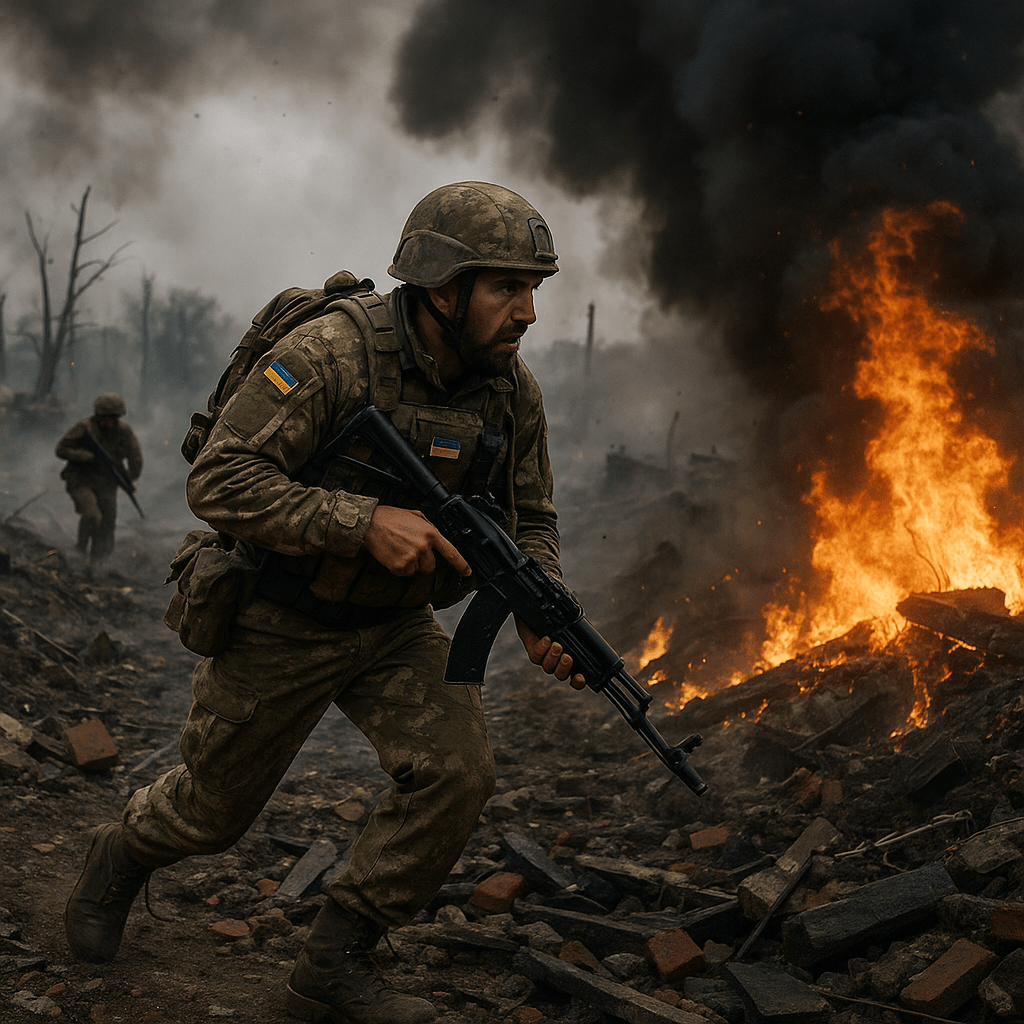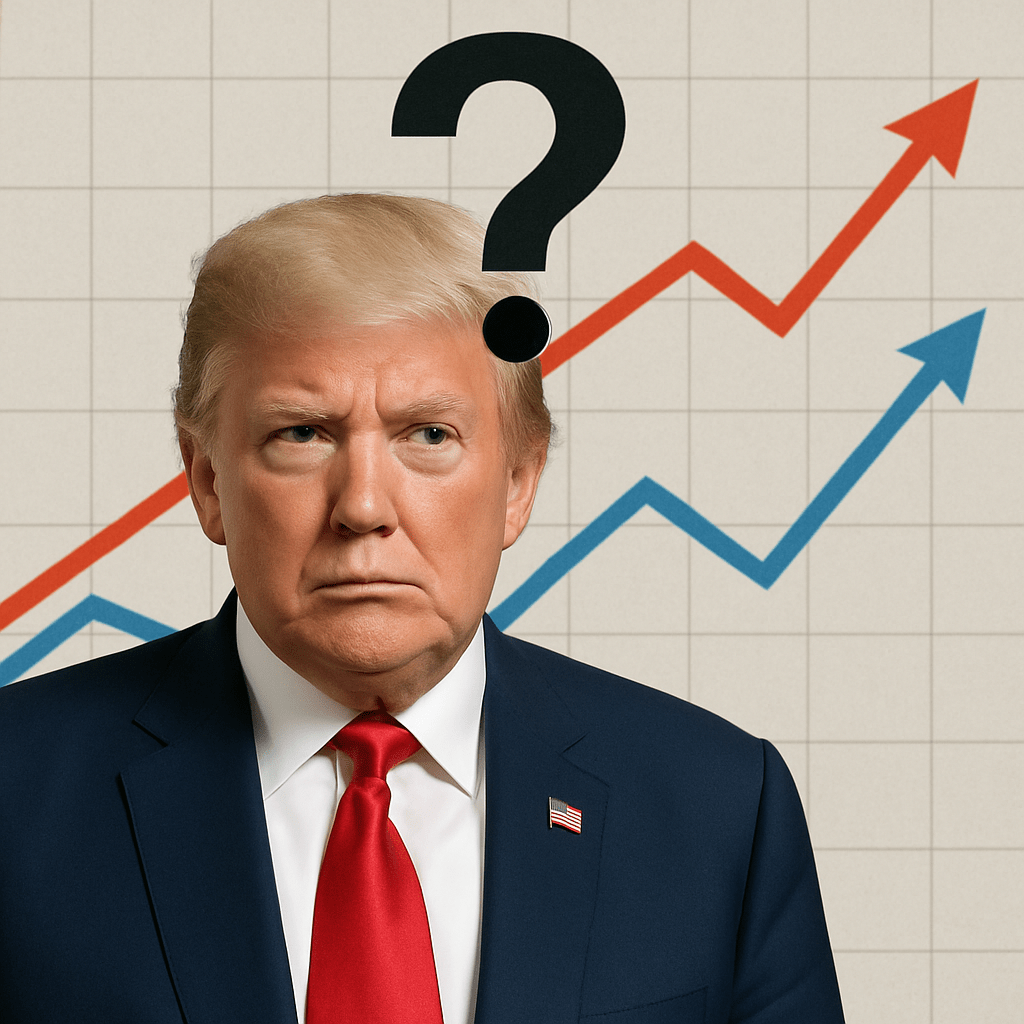While the world’s attention has turned to other issues, the war in Ukraine continues with grim regularity. For years, the conflict has reshaped Europe, taken tens of thousands of lives, and tested the resolve of Western alliances. Recently, a summit between Donald Trump and Vladimir Putin reignited conversation about the conflict—but did it really change anything?
This article brings the war in Ukraine back into the spotlight, giving you a detailed overview of the battlefield, political negotiations, and strategic fallout. From high-level diplomacy to boots-on-the-ground realities, here’s what’s happening and why it still matters.
Trump Putin Summit Ukraine War
Despite capturing international headlines for a day or two, the Trump-Putin summit in Alaska didn’t end the war. It didn’t start peace either. Instead, it brought renewed attention to a deadly conflict many have stopped following. Let’s look at what’s really happening—and why this war demands global focus.
Ukraine War Status Update
In the months leading to the Trump–Putin meeting, Russia made serious advances in eastern and northeastern Ukraine. From capturing towns like Kostiantynivka in Sumy to relentless pressure in Donbas and Zaporizhzhia, Russian forces have been pushing hard. The offensive appears calculated and methodical, with clear objectives: secure more territory before winter and pressure Ukraine into accepting unfavorable terms.
Ukraine, on the other hand, remains resilient. The military continues to defend key cities and push back where possible, but resources are stretched. Western aid has slowed, and fatigue among allies is growing. Nonetheless, Ukrainian morale and strategic coordination remain surprisingly intact, even under intense stress.
7 Key Insights on Ukraine War After Trump–Putin Summit
1. No Deal Came Out of the Meeting
Despite lofty expectations, the summit ended without a ceasefire or framework for peace. Both leaders painted the event as “productive,” but offered nothing concrete. It was diplomacy without deliverables.
2. Trump Suggested Ukraine Should ‘Make a Deal’
Trump’s comment that Ukraine needs to negotiate a settlement stirred controversy. Critics argue this implies caving to aggression, while others believe it reflects a pragmatic view of the war’s toll.
3. Putin Claimed an ‘Understanding’ Was Reached
Without elaborating, Putin hinted that both sides left the summit with a shared vision. However, with no evidence or mutual statement, the remark seems more like political theater than progress.
4. Ukraine Was Not Invited to the Table
Perhaps the most striking detail—Ukraine wasn’t represented in the talks. This move sparked outrage in Kyiv and among European leaders, who warned against making deals over Ukraine without Ukraine.
5. European Leaders Quickly Rejected Russian Vetoes
In response to the summit, several European officials made it clear: Russia won’t decide Ukraine’s NATO or EU future. The war hasn’t weakened Europe’s resolve to back Ukrainian sovereignty.
6. Military Activity Increased During Talks
While world leaders shook hands in Alaska, the battlefield lit up. Russia intensified its offensive in eastern sectors, possibly to gain leverage during and after the summit.
7. Symbolism Overshadowed Substance
The summit included symbolic gestures like a red carpet welcome and a stealth bomber flyover. But it lacked the one thing everyone hoped for—peace progress. Critics called it political posturing, not peacemaking.
Why the War Isn’t Over—And Why It Still Matters
Despite limited media coverage, the war in Ukraine is far from resolved. Civilians continue to suffer, cities remain targets, and geopolitical stakes are sky-high. If Russia gains more ground unchecked, it sets a dangerous precedent globally.
Moreover, Ukraine is still fighting for fundamental principles—sovereignty, democracy, and independence. It’s not just a regional conflict. It’s a battle with worldwide implications, from NATO security to energy markets and beyond.
The Geopolitical Ripples of the Summit
This summit might not have delivered results, but it left behind waves:
- Putin’s Legitimacy Boosted: By meeting one-on-one with a U.S. President, Putin gained diplomatic credibility.
- Ukraine’s Allies Resharpened Focus: European leaders were quick to reassert their stance, reminding everyone Ukraine isn’t alone.
- Global Markets Stayed Calm: Investors appear desensitized, but long-term instability still looms.
- Peace Talks Are Now More Complex: With ambiguous signals from major players, the path to negotiation is cloudier than ever.
FAQs
Yes, the war is still very active. Fighting continues on multiple fronts, with casualties rising daily and no ceasefire in sight.
No, the summit ended without any agreement. While both leaders claimed “progress,” no peace framework or ceasefire deal was announced.
Ukraine was not invited to the summit, a move criticized by Kyiv and European allies. Many see it as a step backward in diplomatic fairness.
Yes, Russia has made advances in eastern and northeastern Ukraine. These gains appear designed to strengthen their position in any future negotiations.
Ukraine insists any peace deal must involve a full Russian withdrawal and international security guarantees. It opposes unilateral settlements that don’t involve Ukrainian leadership.
Continue to support Ukraine through military aid, sanctions on Russia, and diplomatic pressure. The war affects not just Eastern Europe, but the global balance of power.
Conclusion
The war in Ukraine is far from a frozen conflict—it’s burning beneath the surface. And while the Trump–Putin summit added fuel to the diplomatic fire, it delivered no path forward. For Ukraine, the world, and peace itself, attention must not waver. This is not the time to forget. It’s the time to remember, rally, and resolve.


